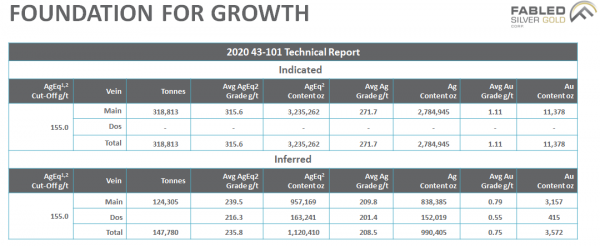
Innocan Pharma Corporation (INNO: CSE) (IP4:FSE) is developing the pharmaceutical guided missile to defeat coronavirus lung infections. The company specializes in the development of new drug platforms which combine unique properties of Cannabinoids.
3 Fully Operating Divisions For Investor Diversification
Innocan has 3 fully operating divisions to address the market for Cannabis products. As a Cannabis investor, why limit yourself to a Company with just one specialty, when Innocan offers you exposure to both the exploding world of cannabis pharma, as well as, a portfolio of patent-pending and launch ready consumer health products.
PHARMACEUTICAL – THE GUIDED MISSILE – Revolutionary technology targeting lungs infected with coronavirus or other viral infections.
CONSUMER RETAIL – DERMA COSMETICS – A premium derma cosmetics brand, manufacturing has commenced with distribution agreements in place.

OVER THE COUNTER (OTC) PRODUCTS FOR PAIN RELIEF – patent-pending CBD pain relief brand received FDA technical validation.

Global Manufacturing / Distribution Agreements
- Endless Sky Inc. a Canadian large scale Cannabis extractor (Manufacturing and Distribution – Canada)
- Swiss CBD provider Cloud 9 Switzerland LLC (Distribution – Italy and Switzerland)
- Active Therapeutics Ltd of Lancashire, United Kingdom (Distribution – UK and Ireland markets)
- iAmHealth Distribution UG (Distribution – Germany)
Completed Trademark Registration in the EU, UK and Switzerland
- Completion of the registration of its trademarks: Innocan Pharma, Relief & Go and SHIR in the EU, UK and Switzerland.
- These trademarks represent Innocan’s OTC and derma cosmetic brand products that were recently launched in the German and UK markets.
Superior Management Team
In the small cap world, the jockey(s) that drive the horse are just as important as the horse itself. The InnoCan Leadership Group Is Incomparable In The Small Cap World, Comprised Of Leading Israeli Pharmaceutical Executives including:
- Executive Chairman (Ron Mayron) was the CEO Of Teva Israel, one of the largest generic pharmaceutical companies in the world
- Co-Founder & VP Business Development (Yoram Drucker) was the Founder of 2 NASDAQ Companies (Pluristem & Brainstorm)
- Chief Technology Officer (Nir Avram) is a former member of the pharma innovation team at Perrigo, producer of OTC consumer goods and specialty pharma.
- Chief Executive Officer (Iris Bincovich) has a proven track record in opening global markets, having managed hundreds of successful transactions in OTC, cosmetics and dermatology.
Together they have built one of the most formidable teams in the small cap cannabis world










